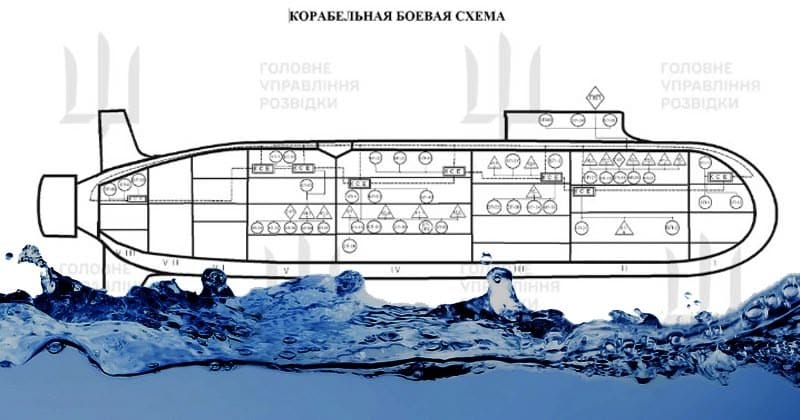
An M&A IT Due Diligence Checklist
Merger and Acquisition (M&A) transactions are complex and often high-stakes endeavors. Successful M&A deals require a thorough evaluation of all aspects of the target company, including its Information Technology (IT) infrastructure. IT due diligence is crucial in assessing the risks and opportunities associated with an acquisition. In this article, we will provide a comprehensive M&A IT Due Diligence checklist to help guide organizations through the process.
Introduction to M&A IT Due Diligence
M&A transactions can be transformative for companies, enabling them to expand their market reach, diversify their offerings, or gain competitive advantages. However, they can also be fraught with risks, especially when it comes to integrating IT systems and ensuring data security. IT due diligence is a critical step that helps acquirers assess the target company’s IT assets, capabilities, and potential liabilities. Here is a comprehensive checklist to ensure a thorough IT due diligence process:
- IT Infrastructure Assessment
Before delving into specific IT systems and applications, it’s important to get a high-level view of the target company’s IT infrastructure:
Data Centers: Determine the location, size, and capacity of the data centers used by the target company.
Network Architecture: Understand the structure of the network, including WAN, LAN, and wireless.
Hardware and Software Inventory: Compile an inventory of all hardware and software assets, including servers, workstations, laptops, and mobile devices.
Cloud Services: Identify any cloud providers and services used, such as AWS, Azure, or Google Cloud.
- Cybersecurity Assessment
Cybersecurity is a paramount concern in the digital age. Assess the target company’s cybersecurity posture thoroughly:
Security Policies: Review existing security policies and procedures, including incident response and data breach notification plans.
Firewall and Intrusion Detection Systems: Check the configuration and effectiveness of these critical security measures.
Data Encryption: Evaluate the encryption methods used for sensitive data, both in transit and at rest.
Security Audits: Review past security audits, penetration tests, and vulnerability assessments.
- Data and Information Management
Data is often a company’s most valuable asset. Ensure you have a clear picture of how data is managed:
Data Governance: Examine data governance policies and procedures, including data classification, access controls, and data retention policies.
Data Backups: Assess the frequency and reliability of data backups and disaster recovery plans.
Data Privacy: Ensure compliance with data protection regulations like GDPR or HIPAA, if applicable.
- Software and Application Portfolio
Understanding the software and applications in use is crucial for integration and continuity:
Inventory of Software: Create a comprehensive list of all software and applications used, including licensing information.
Custom Applications: Identify any proprietary or custom software developed by the target company.
ERP and CRM Systems: Assess the effectiveness and integration capabilities of these systems.
- IT Team and Expertise
Evaluate the human resources aspect of IT within the target company:
IT Staffing: Assess the size and expertise of the IT team, including any outsourced IT services.
Key Personnel: Identify key IT personnel who may be critical during the transition.
Skills Gap: Determine if there are gaps in IT skills that need to be addressed post-acquisition.
- IT Contracts and Agreements
Review all existing contracts and agreements related to IT services:
Vendor Contracts: Examine contracts with technology vendors, including service level agreements (SLAs).
Software Licenses: Ensure that all software licenses are up-to-date and compliant.
Cloud Service Agreements: Review contracts with cloud service providers, including terms and pricing.
- Compliance and Regulatory Considerations
Ensure the target company is in compliance with relevant regulations and industry standards:
Industry-Specific Regulations: Determine if the target company adheres to industry-specific regulations, such as financial or healthcare regulations.
International Regulations: Assess compliance with international data protection regulations like GDPR.
Software Licensing Compliance: Verify that all software licenses are used in accordance with their terms.
- IT Integration Planning
Begin planning for the integration of IT systems:
Compatibility Assessment: Evaluate the compatibility of the target company’s IT systems with your own.
Integration Timeline: Develop a timeline for integrating IT systems and transitioning employees.
Cost Estimations: Estimate the costs associated with IT integration and system upgrades.
- Intellectual Property and Software Assets
Review the intellectual property related to IT assets:
Ownership of Software: Confirm ownership rights for custom software and applications.
Patents and Trademarks: Check for any pending or granted patents and trademarks related to IT products or services.
Open-Source Software: Identify any open-source software used and ensure compliance with licensing requirements.
- Legacy Systems and Technical Debt
Consider any legacy systems or technical debt that may impact the IT landscape:
Obsolete Systems: Identify and assess the impact of obsolete or unsupported systems.
Technical Debt: Evaluate the level of technical debt within the IT infrastructure and software.
Conclusion
M&A IT due diligence is a critical process that can significantly impact the success of an acquisition. It’s essential to thoroughly assess the target company’s IT infrastructure, cybersecurity measures, data management practices, software portfolio, and compliance with regulations. By following this comprehensive checklist, organizations can mitigate risks, identify opportunities for synergy, and develop a well-informed integration strategy. Ultimately, a well-executed IT due diligence process is key to a successful merger or acquisition in today’s digital business landscape.
Contact Cyber Defense Advisors to learn more about our M&A IT Due Diligence solutions.





